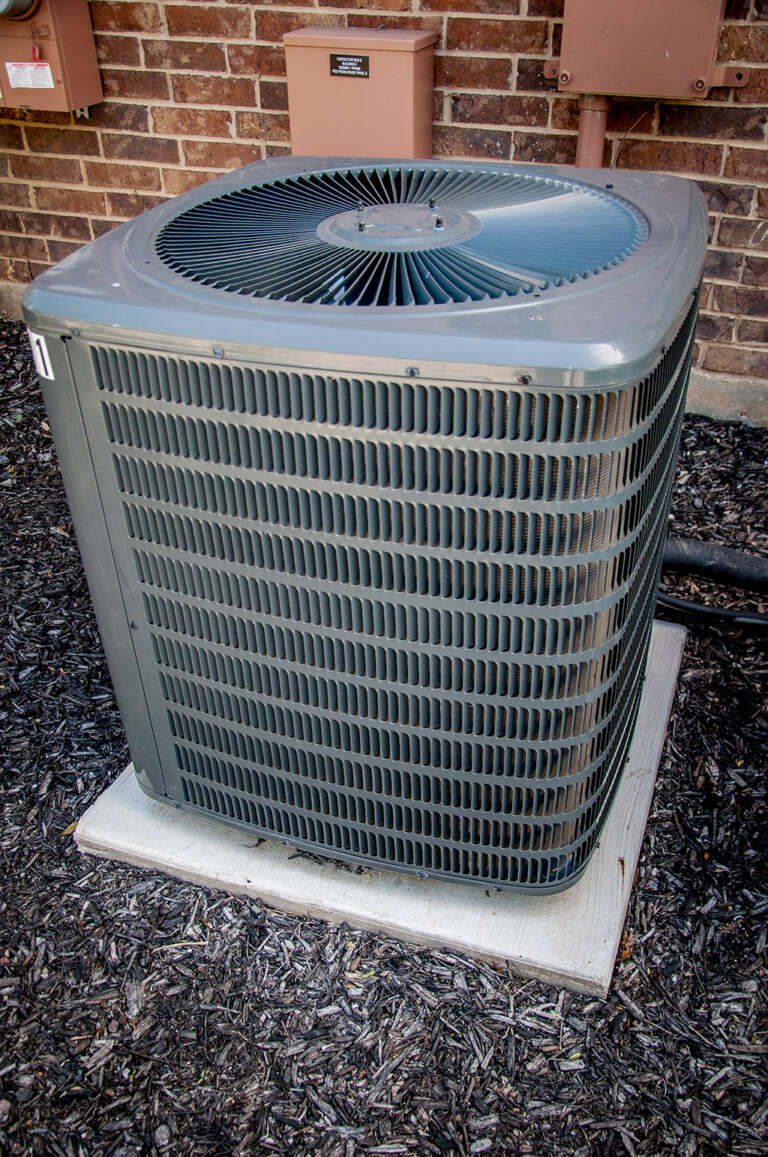Cool It? No, We’re Just Getting Warmed Up!
It’s getting cooler, so you may be spending more time indoors. But how often do you think about indoor air quality? For healthier indoor air, here are some tips to consider.
Your dwelling protects you from outside conditions, but a wide assortment of pollutants can linger inside—from household products’ chemical residue, to particles blown in through open doors and windows, to dust and pet dander. You don’t have to live with these uninvited guests, though.
Improving indoor air quality begins with effective circulation and ventilation—that is, bringing fresh air in and getting stale air out. The process is unique to your home and all its systems. For central cooling, most modern homes use a split system.
Such systems feature an outdoor cabinet containing a condenser coil and compressor, and an indoor evaporator coil, usually working in tandem with your furnace or air handler. The compressor pumps refrigerant through the system to chill the air.
Your HVAC system automatically filters both the fresh outside air and the recycled air from inside your home. Good filtration is a great way to improve your indoor air quality, and perhaps the easiest step to take is to regularly change the filter. Many customers time the task with an easily remembered date, like the 1st of the month. Consider the filter type too, as one type of filter traps more particles than others. Some filters remove up to 99.98% of microscopic airborne particles—including those as small as 10 micron. At this level, you’re catching and denying entry to almost everything except bacteria and viruses. It is important to remember that the more particles your filter traps the more restrictive the air flow is to your unit which makes your AC work harder. Gene prefers the pleated air filters.
As the weather turns from warm to cool, or vice versa, stale air can accumulate inside your home. Why? Because your HVAC system typically runs less to capitalize on the milder outside temperature. Allow air to circulate by keeping your unit in operation in intervals or at low speeds. Do so with a programmable thermostat and energy-efficient system that Gene’s AC offers. We can also service your HVAC system to keep it in tip-top shape.
The ways to warm your home may differ—with a gas furnace in colder temps and a heat pump for warmer climates, like we have in Arizona. You don’t have to settle for one or the other, though: a third option uses both a heat pump and gas furnace to deliver high comfort while keeping energy costs in line.
A furnace is pretty straightforward in that gas heats up the air, which then transfers over to blow throughout your home. A heat pump, on the other hand, means basically using your air conditioner in reverse; it’s a more energy-efficient way to steadily warm your home. You can also expect fewer temperature swings than with a typical gas furnace.
What else can you do? Well, have you thought of house plants? Some species are a beautiful, natural enhancement to an otherwise high-tech task. Visit a nursery and look for these “dirt-eaters”:
- Dracaena
- Philodendron
- English Ivy
- Spider Plant
- Peace Lily
- Weeping Figs
- Golden Pothos
- Snake Plant
Ultimately, your concerns about indoor air quality—be it allergies or simply comfort—may be different than your neighbors’ worries. It’s really about understanding what the best solutions and products are for you and your home. Our trained pros can help!

